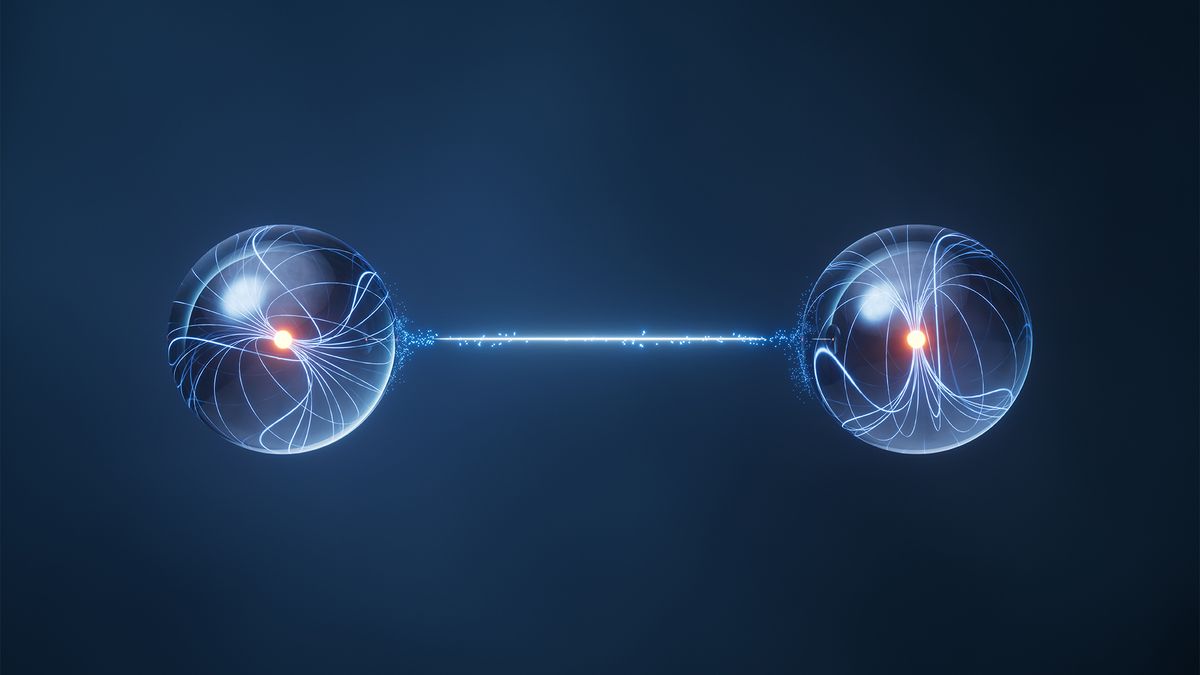Light-based networking could be a boon for sustainability in the data center industry, though experts have warned ITPro that it won’t be a silver bullet amid spiraling power consumption.
A branch of photonics, the science of light waves, this form of networking allows for the transferral of data in a much more energy-efficient manner as it avoids the loss of energy through heat which is a symptom of electrical wires.
This technology has the industry talking, with UK-based Oriole Networks recently raising $22 million for its photonics-based AI chip solutions. Another Photonics company, Lightmatter, raised $400 million in a series D round earlier this month.
As Andrea Rocchetto, co-founder of photonics firm Ephos, told ITPro though, it’s not a magic solution that will dramatically change the industry any time soon – the foundations currently being laid, however, are promising.
“There are many pieces of the puzzle that will have to be put in place to reduce the footprint,” Rocchetto said.
Photonic’s place in the larger puzzle of data center sustainability is in data transfer. Rocchetto made a comparison between light-based data transferral and electricity-based data transferral to illuminate the advantages of the former.
“A lot of the energy that goes into data centers is wasted, because when it flows through electrical wires some of the energy gets wasted via heat – so wires get hot, and that’s how you waste energy,” Rocchetto said.
A good way of avoiding this while increasing speed, Rochetto said, is by using light to move information. This is done through optical fibers which transfer information encoded in light rather than electricity.
“The next step is to use light also within data centers, to move information from one rack to another, but also on a single board – move information from memory to CPU, memory to GPU,” he added.
Along with other firms, Ephos is developing integrated photonics circuits, which he said should be thought of as electrical circuits that have light flowing through them as opposed to electricity.
Is the future photonic?
The use of photonics in networking is not an entirely new concept, and Rocchetto said the technology is already being used within data centers and is a point of focus for firms like Google.
For example, Google partnered with Ambient Photonics earlier this year to develop technology that allows any light source to be converted into power generation.
“It’s really no longer a matter of ‘is the technology ready’ from a performance standpoint, but it’s a matter of price point, reliability, production volumes,” Rocchetto said.
Demand and excitement around the technology is strong though, according to Rocchetto, and he’s convinced that there’s no going back for the industry at this point. It’s already gaining traction but will reach an even greater scale in the coming years.
It won’t be a simple fix for sustainability, however – “it’s not the magic solution that will instantly transform the data center into something green,” Rocchetto said. There are other areas like nuclear power, he added, which the hyperscalers have been looking into.
Considering how much data center energy consumption is ramping up though, Rocchetto said that anything helping to reduce the carbon footprint is a welcome addition to the industry.
Source link
